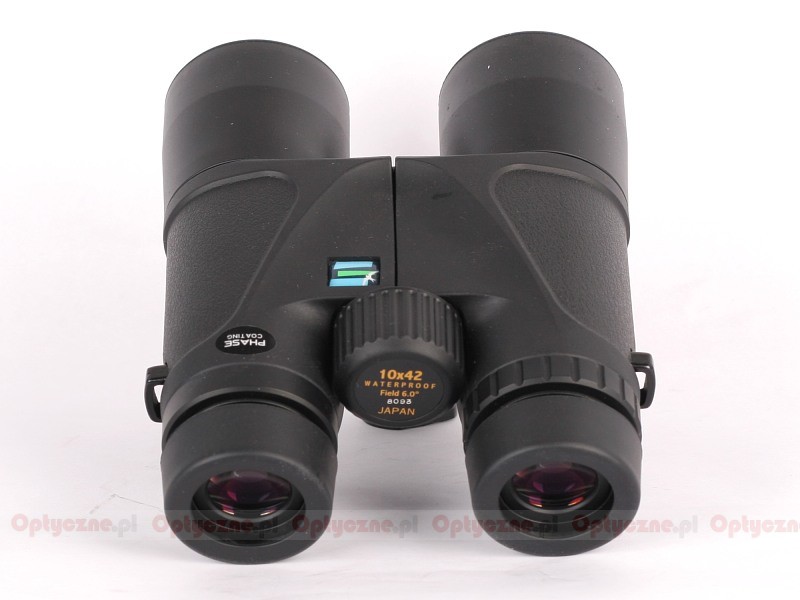

Over the past few decades, an increasing number of studies have focused on land use changes in the farming-pastoral ecotone, focusing more on various targeted behaviors and driving mechanisms (Bryant et al., 2011, Fekadu, 2016, Rasmussen et al., 2012). However, there is still limited knowledge of how the land system responded to these great changes. As one of the most sensitive eco-climatic zones worldwide, the farming-pastoral ecotone has been suffering from the impacts of rapid socio-economic development and biophysical setting changes. These anthropogenic land-use management strongly altered the ecosystems and environment of the farming-pastoral ecotone. Meanwhile, some human activities, such as cropland expansion, overgrazing, and revegetation to cope with population growth and urbanization development needs (Chen et al., 2019, Peng and Wang, 2020), or were carried out to compensate for agricultural/ecological losses induced by climate anomalies (Bryant et al., 2011, Zaveri et al., 2019, Zhang and Huisingh, 2018). Recently, extreme climatic events, such as drought, heat wave and extreme precipitation, severely aggravated landscape fragmentation and land degradation in the farming-pastoral ecotone. The farming-pastoral ecotone is the typical transition zone between farming and pasture on the Earth (Zhao, 1953). Besides, the findings of this study suggest that more efforts could focus on balancing the ecology and livelihoods in future sustainable land-use management.
#Ecotone edge effect software#
The analyses based on geographical detector software (a tool for measuring of spatial stratified heterogeneity and attributing of spatial patterns) indicated that per capita GDP and elevation-dependent factor were the top two indictors in determining landscape dynamics at present. Land consolidation and cropland intensification based on land engineering are the main characteristics in the current third stage of land use optimization management. Its landscape complexity and spatial aggregation peaked the whole research period at 84.07 km and 3.82 km. In the second stage, large areas of sloped croplands were converted into ecological land (i.e., forests and grasslands). The most fragmentized landscape patterns were also observed in this stage. Meanwhile, the entire study area's cropland gravity center had the highest spatial shift rate by ∼3.0 km/a, compared to the averaged ratio for the entire period (1.38 km/a) and those in the other two periods. In the stage of land reclamation, the croplands of FPEN went through a rapid expansion and reached the maximum area in 2000 with 2.41 × 10 5 km 2. Results showed that the entire FPEN experienced three divergent stages, i.e., strong land development/reclamation (before 2000), then land restoration (2000–2010), and finally land use optimization management (after 2010) in the past four decades. Therefore, this study selected the farming-pastoral ecotone of northern China (FPEN) as a typical study area, and tried to use long-term (1980 s-2015) land use data, socio-economic data and climatic data to investigate the landscape dynamics in response to socio-economic development and biophysical setting.

However, there is still only limited knowledge of how the land system responded to these large changes. The farming-pastoral ecotone, one of the most sensitive eco-climatic zones worldwide, is suffering from the impacts of rapid socio-economic development and climate change.


 0 kommentar(er)
0 kommentar(er)
